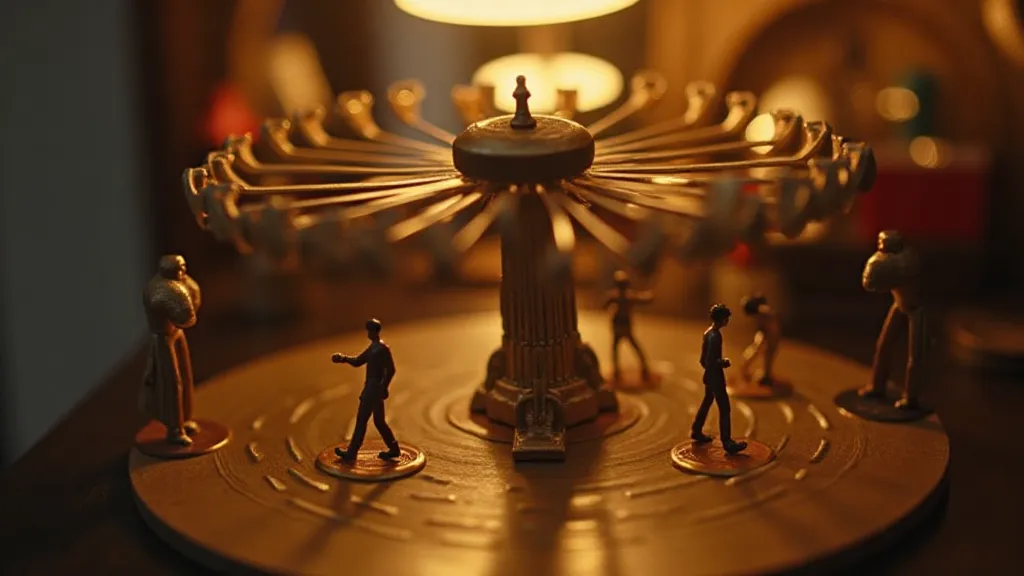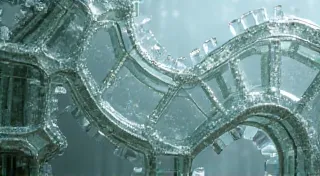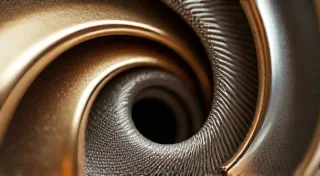The Curator's Eye: Exhibiting the Soul of Antique Music Boxes
There’s a particular magic in a room filled with antique music boxes. It’s not merely the mechanical wonder of their creation, though that's undoubtedly captivating. It’s something deeper – a whisper of forgotten melodies, a tangible link to past lives and loves, and a quiet testament to the enduring power of human artistry. As a collector for over thirty years, I’ve found that simply *owning* these treasures isn’t enough. The true joy lies in understanding them, preserving them, and presenting them in a way that allows their story to resonate with others. This isn't just collecting; it’s curating – exhibiting the soul of antique music boxes.
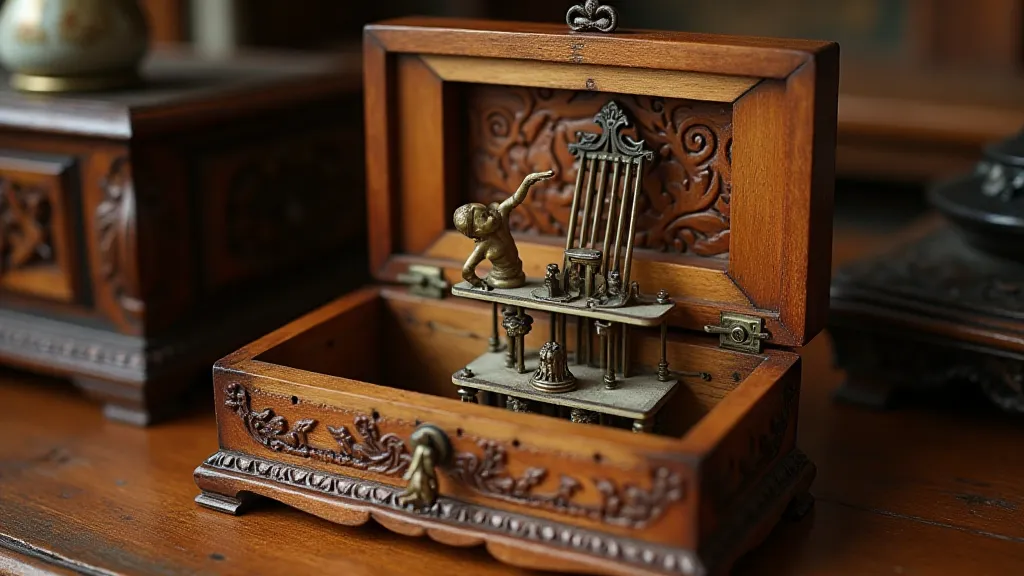
A Brief History: More Than Just Melodies
The history of music boxes is surprisingly rich. Their genesis lies in the 18th century with the invention of the automated musical instrument – early precursors were often elaborate clocks with added musical features. The real boom came with the development of the cylinder music box in Switzerland, particularly in the canton of Jura, in the early 19th century. These weren’t just mechanical novelties; they represented a democratization of music. Before recorded sound, music was largely confined to the wealthy who could afford orchestras or skilled musicians. A music box, relatively affordable, brought a touch of elegance and entertainment into middle-class homes.
The Swiss mastered the craft, pioneering elaborate mechanisms and stunning craftsmanship. France and Germany also became significant producers, each with its own distinct style and aesthetic. Think of the French 'boîtes à musique', often adorned with lavish embellishments and depicting romantic scenes, versus the generally more austere, yet equally impressive, German creations. The late 19th and early 20th centuries saw a golden age for music boxes, with incredible technical innovation and artistic flourishes. Then, the advent of the phonograph and gramophone brought their reign to a gradual decline, though thankfully, appreciation for their unique charm has experienced a significant resurgence in recent years.
The Light Within: Illuminating the Details
When curating a collection, lighting is paramount. Harsh overhead lighting will flatten the details and make the wood appear dull. Instead, embrace layered lighting – a combination of ambient light, task lighting, and accent lighting. Small LED spotlights strategically positioned to highlight the carvings, the movement, and the overall beauty of the box are crucial. Warm-toned LEDs mimic the light that would have illuminated these boxes in their original context. Consider the angle of the light – a slight upward angle can accentuate the depth and texture of the carvings. Too much direct light, however, can cause glare and wash out the colors. It’s a delicate balance, and one that requires experimentation.
I remember a pivotal moment in my own collecting journey. I had arranged a display for a local antique show, using bright fluorescent lights. My most prized box, a beautifully inlaid rosewood example, looked lifeless. It was almost embarrassing. I quickly re-arranged the lighting, using warmer, directional spotlights, and the transformation was remarkable. The intricate details leaped out, and the box seemed to glow from within. That experience taught me the power of light – it’s not just about illumination; it's about revelation.
Beyond Display Cases: Storytelling Through Arrangement
Display doesn’t have to be confined to glass cases. While cases offer protection, they can also create a barrier between the viewer and the object. I prefer a combination of open and enclosed displays. Open shelves allow for a more intimate viewing experience, while glass cases protect fragile or particularly valuable pieces. The key is to create a narrative. Arrange the boxes chronologically, by country of origin, or by musical genre. Group pieces that share a common theme or aesthetic. Think about the visual flow – guide the viewer’s eye through the collection, revealing new treasures with each step.
Consider the background. A dark, richly textured wallpaper or fabric can create a dramatic backdrop, allowing the colors and details of the boxes to stand out. Avoid busy patterns that compete for attention. Small labels with brief descriptions – the maker, the date, the musical selection – add context and enhance the viewing experience. Don’t be afraid to include ephemera – old photographs, letters, or sheet music – to further illuminate the history and cultural significance of the collection.
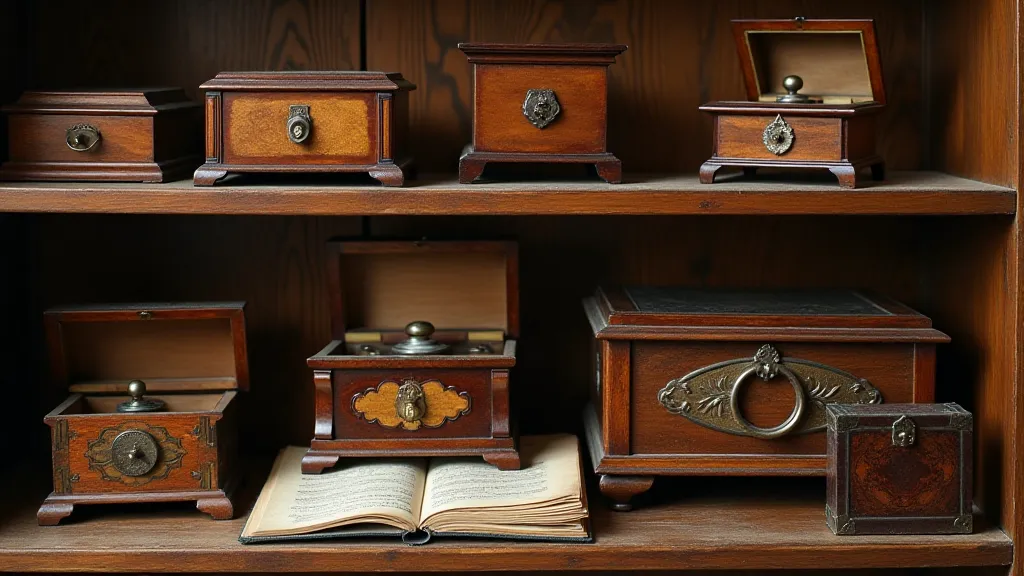
The Gentle Touch: Preservation and Restoration Considerations
Preservation is a critical responsibility for any collector. Avoid direct sunlight, which can fade the colors and damage the wood. Maintain a stable temperature and humidity level to prevent warping and cracking. Dust regularly with a soft cloth, taking care not to scratch the finish. While cleaning is essential, remember that antique finishes are fragile. Avoid harsh chemicals and abrasive cleaners.
Restoration is a delicate matter. While a complete restoration can sometimes enhance the appearance of a music box, it’s crucial to preserve its original character and integrity. Often, a gentle cleaning and lubrication of the mechanism is all that’s needed. Major repairs should be undertaken by a qualified professional who specializes in antique music box restoration. Over-restoration can actually detract from the value and historical significance of the piece. A subtle repair, allowing traces of the original patina to remain, is often preferable.
More Than Objects: Echoes of the Past
Collecting antique music boxes is more than just acquiring beautiful objects. It’s about connecting with the past, appreciating the artistry of bygone eras, and preserving a piece of cultural heritage. As a curator, my role is not simply to display these treasures but to share their stories, to evoke a sense of wonder, and to inspire a deeper appreciation for the craftsmanship and the enduring power of music. Each winding lever, each delicate chime, is a tiny echo of a time long gone – a testament to the human spirit's enduring quest for beauty and harmony. Ultimately, a successful curated collection isn't just visually appealing; it's emotionally resonant, allowing visitors to experience the soul of these extraordinary creations.
